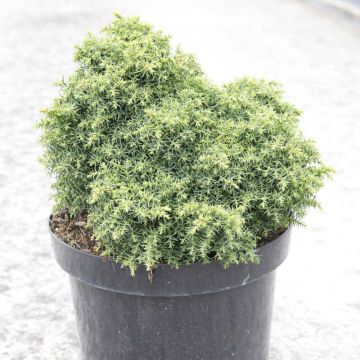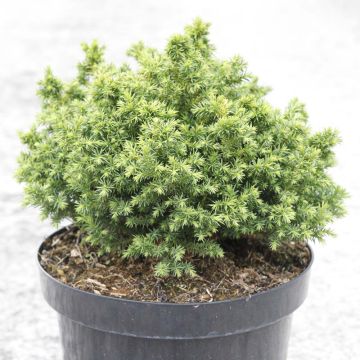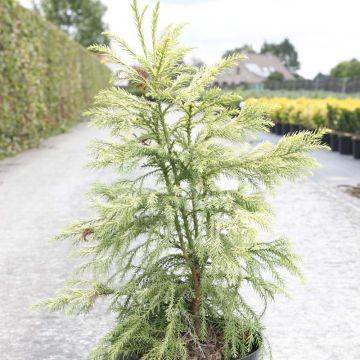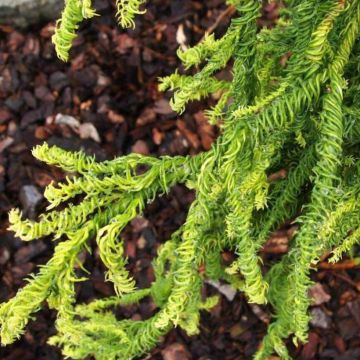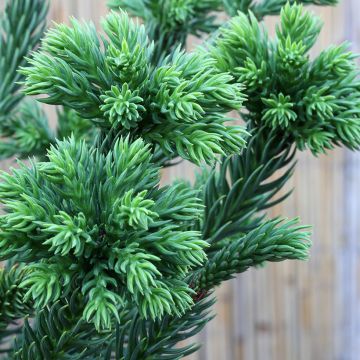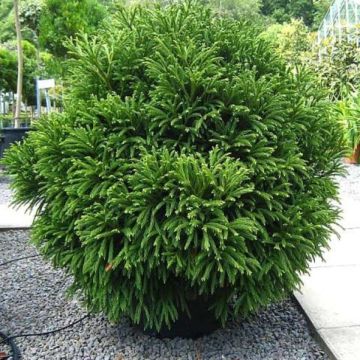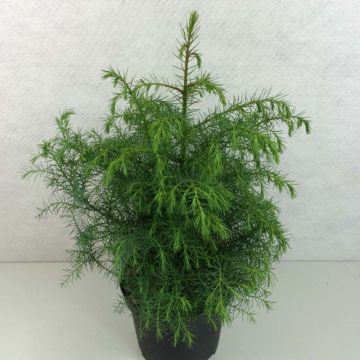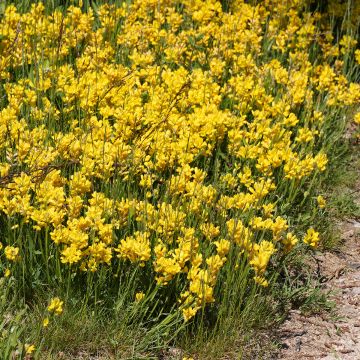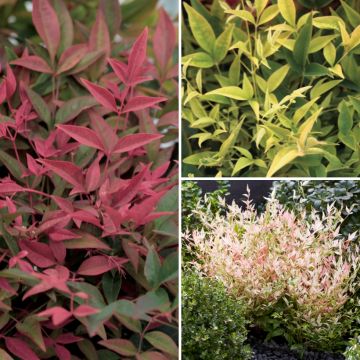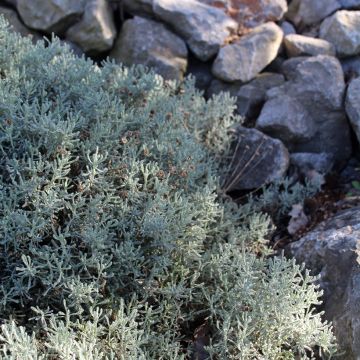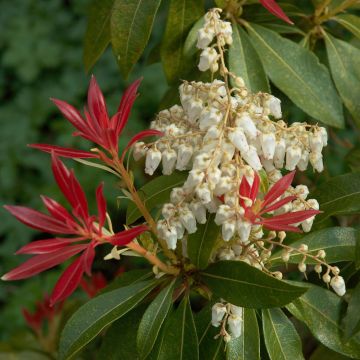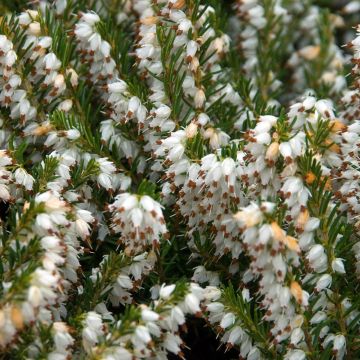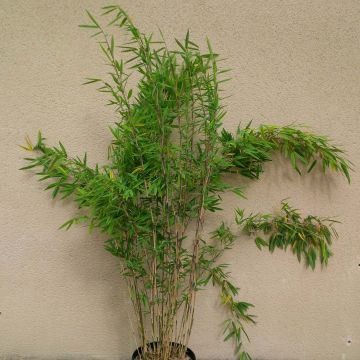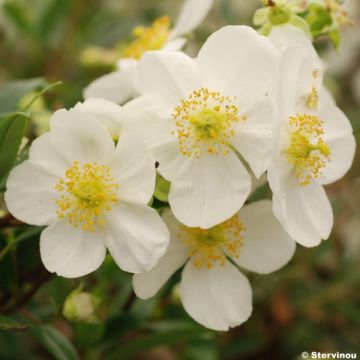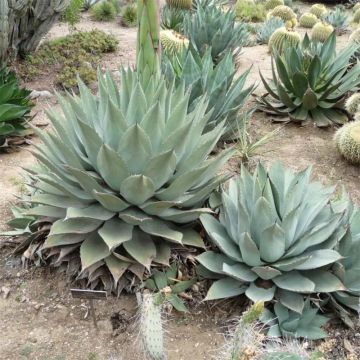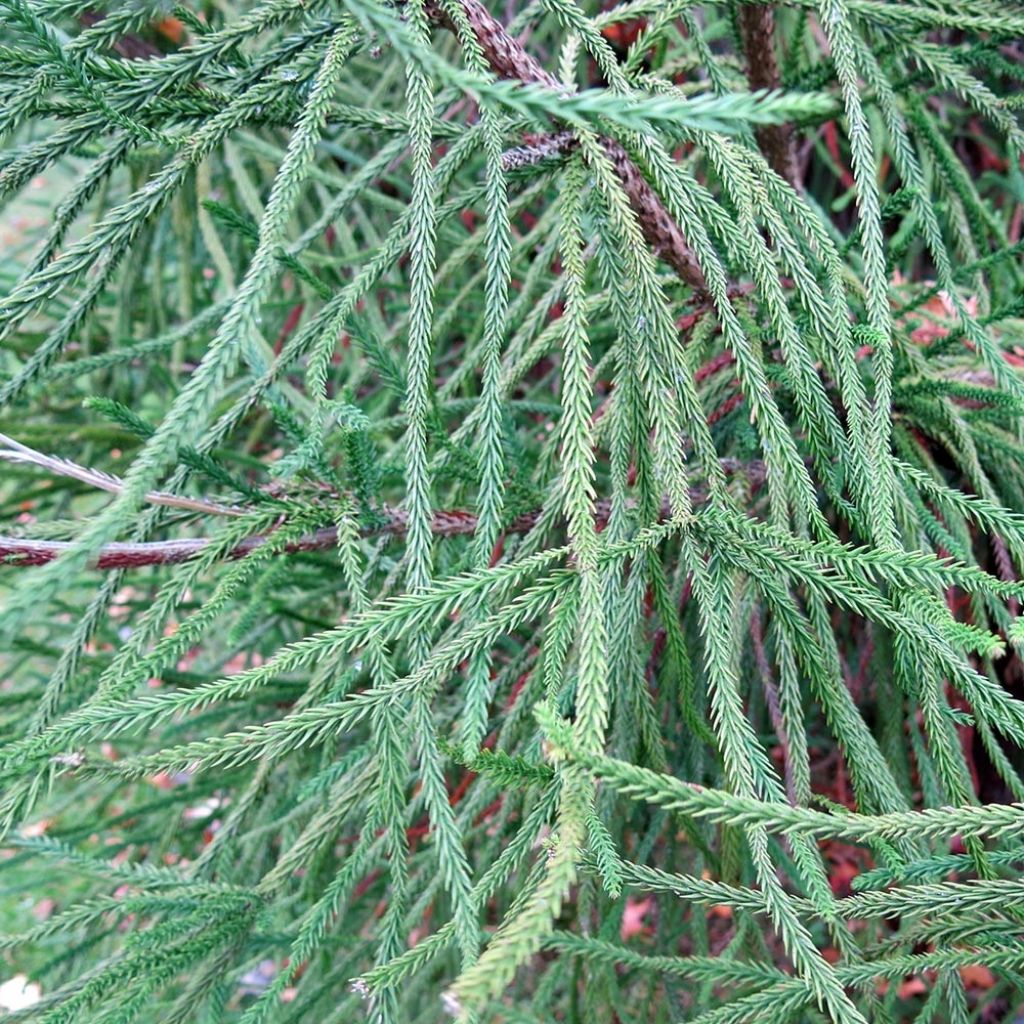

Cryptomeria japonica Araucarioides
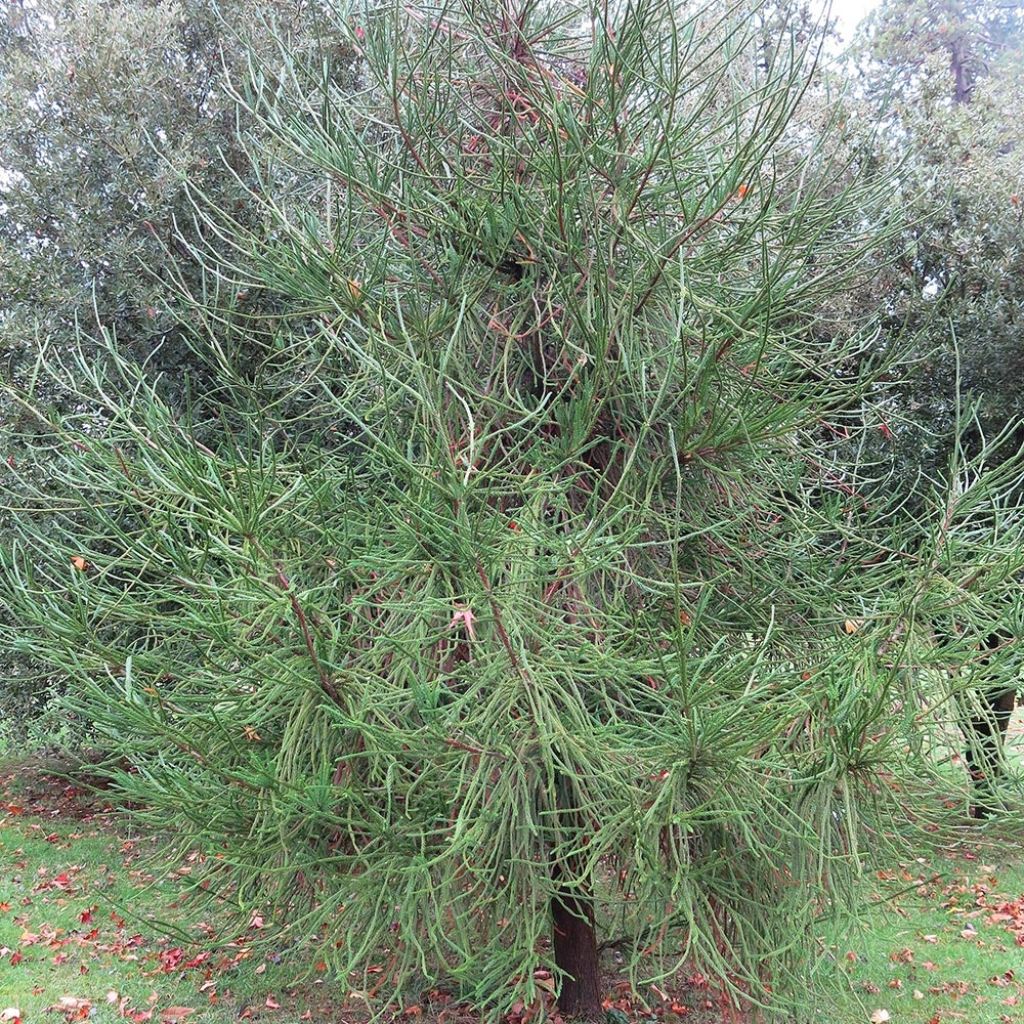

Cryptomeria japonica Araucarioides
Cryptomeria japonica Araucarioides
Cryptomeria japonica Araucarioides
Spring crocus, Dutch crocus
Special offer!
Receive a €20 voucher for any order over €90 (excluding delivery costs, credit notes, and plastic-free options)!
1- Add your favorite plants to your cart.
2- Once you have reached €90, confirm your order (you can even choose the delivery date!).
3- As soon as your order is shipped, you will receive an email containing your voucher code, valid for 3 months (90 days).
Your voucher is unique and can only be used once, for any order with a minimum value of €20, excluding delivery costs.
Can be combined with other current offers, non-divisible and non-refundable.
Home or relay delivery (depending on size and destination)
Schedule delivery date,
and select date in basket
This plant carries a 24 months recovery warranty
More information
We guarantee the quality of our plants for a full growing cycle, and will replace at our expense any plant that fails to recover under normal climatic and planting conditions.
Would this plant suit my garden?
Set up your Plantfit profile →
Description
The Cryptomeria japonica or 'Araucarioides' Japanese Cedar owes its varietal name to the resemblance of its branches to those of araucarias. Long and slender,devoid of twigs during their first year, covered with short and very green needles, the branches give this conifer a very pleasant exotic look. With a beautiful conical and airy habit in its early years, the tree becomes rounder, branches out, and gains substance with age. Original and luxuriant, it is superb in large flowerbeds or when placed in isolation. This Japanese cedar will develop without difficulty in any well-drained garden soil, rather cool and not excessively chalky.
The Cryptomeria japonica is a very tall conifer belonging to the taxodiaceae family and native to Japan. In its country of origin, this tree is commonly planted around religious temples. It is a species that thrives in mild oceanic climates, both humid throughout the year and mild in winter. In Asia, this forest tree with its sequoia-like appearance can reach heights of up to 60 m (196 ft 11 in), with a trunk diameter of 4 m (13 ft 1 in) covered in red-brown bark that peels off in vertical flakes. In our European latitudes, it can still reach heights of 30 to 40 m (98 ft 5 in to 131 ft 2 in). The foliage is evergreen in winter and consists of curved needles arranged spirally around the twigs. The Japanese cedar has given rise to numerous cultivars selected for their small size, foliage appearance, original habit, resistance to cold, and better tolerance of European soils and average climates.
The ancient 'Araucarioides' cultivar was introduced in Europe from Japan in the 1860s. In Japan, it was named 'Enko' or 'Enko Sugi'. It is a mutant form of Cryptomeria japonica that maintains moderate dimensions and an original architecture throughout its existence. This conifer has a very flexible bushy habit and dense growth when mature. The shrub or small tree, rather fast-growing, will still reach a height of 4 m (13 ft 1 in) at 10 years of age and approximately 8 m (26 ft 2 in) in height with a 4 m (13 ft 1 in) spread after many years. Young specimens have a very light appearance, with their branches consisting mainly of long, slender, devoid of or with very sparse twig shoots. They branch out in the second year from buds located at their tips, so the growth of this conifer becomes thicker over time. Its wood is red-brown. The foliage is fine, with a beautiful light to dark green colour from summer to winter, which covers numerous slightly trailing branches. This variety is hardy down to -15°C (5 °F), but it requires a sheltered location from cold and dry winds and a non-scorching exposure.
The Cryptomeria japonica Araucarioides undoubtedly deserves to be better known and planted in gardens in not too harsh or dry climates. With its personality and moderate growth, it brings a touch of exoticism to the garden. Place it in the background of flowerbeds or lean it against a perimeter wall. This plant goes well with large stones, geometric lines, and masonry works. It can be compbined with other trailing or spherical dwarf conifers such as Juniperus horizontalis Blue Chip, or columnar conifers of different colours, or planted in isolation to mark the curve of a pathway or a shaded staircase landing. Lastly, the visual qualities of conifers naturally stand out in the design of contemporary gardens.
Uses/Properties:
The wood of the Japanese Cedar is pleasantly fragrant, with a beautiful pink-red colour, lightweight but resiliant and rot-resistant. It is widely used in Japan for all types of construction, both indoors abd out.
Report an error about the product description
Cryptomeria japonica Araucarioides in pictures


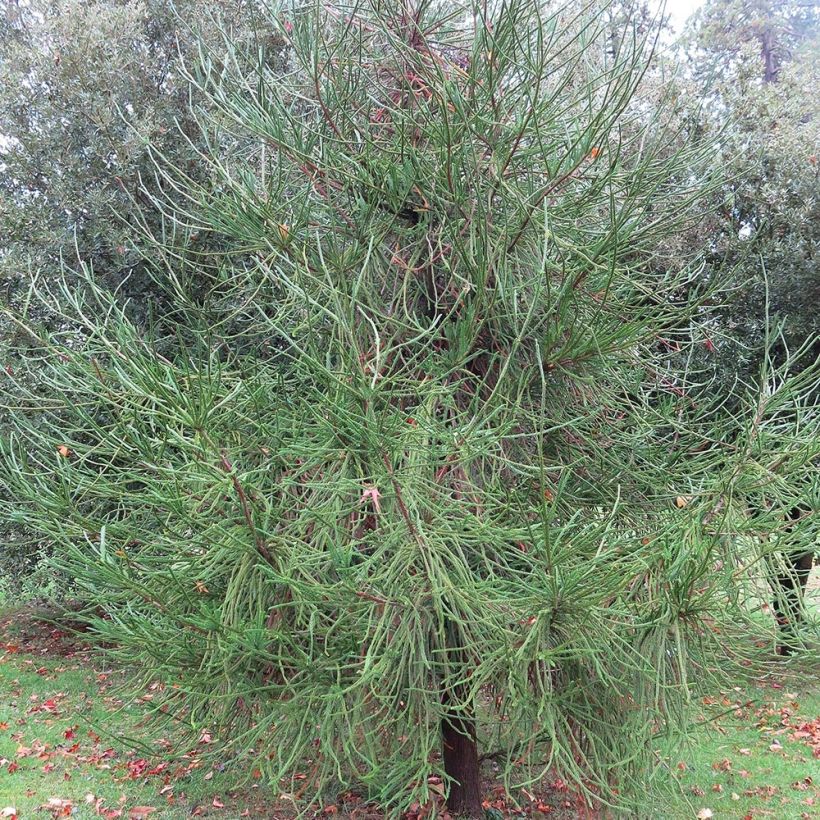

Plant habit
Foliage
Safety measures
Botanical data
Cryptomeria
japonica
Araucarioides
Taxodiaceae (cupressaceae)
Spring crocus, Dutch crocus
Cultivar or hybrid
atteinterespiratoire
Cette plante peut entraîner des symptômes allergiques.
Evitez de la planter si vous ou vos proches souffrez de rhinite saisonnière ("rhume des foins").
Davantage d'informations sur https://plantes-risque.info
Other Cryptomeria
View all →Planting and care
The Cryptomeria japonica should be planted from September to November and from February to June in ordinary, well-drained, preferably moist, fairly fertile, neutral or acidic soil without excessive limestone. It is averse to excessively dry or too shallow soil. Choose a semi-shaded spot, especially in very sunny regions. This variety dislikes dry and cold winds that scorch its young shoots. Soak the roots well before planting. Add an organic supplement at the time of planting and water generously in the first years, and in case of prolonged drought. Apply a special conifer fertiliser every year in April and hoe the soil in summer. This conifer is hardy to at least -15°C (5 °F). Pruning is not necessary, but it tolerates light pruning well.
Planting period
Intended location
Care
This item has not been reviewed yet - be the first to leave a review about it.
Similar products
Haven't found what you were looking for?
Hardiness is the lowest winter temperature a plant can endure without suffering serious damage or even dying. However, hardiness is affected by location (a sheltered area, such as a patio), protection (winter cover) and soil type (hardiness is improved by well-drained soil).

Photo Sharing Terms & Conditions
In order to encourage gardeners to interact and share their experiences, Promesse de fleurs offers various media enabling content to be uploaded onto its Site - in particular via the ‘Photo sharing’ module.
The User agrees to refrain from:
- Posting any content that is illegal, prejudicial, insulting, racist, inciteful to hatred, revisionist, contrary to public decency, that infringes on privacy or on the privacy rights of third parties, in particular the publicity rights of persons and goods, intellectual property rights, or the right to privacy.
- Submitting content on behalf of a third party;
- Impersonate the identity of a third party and/or publish any personal information about a third party;
In general, the User undertakes to refrain from any unethical behaviour.
All Content (in particular text, comments, files, images, photos, videos, creative works, etc.), which may be subject to property or intellectual property rights, image or other private rights, shall remain the property of the User, subject to the limited rights granted by the terms of the licence granted by Promesse de fleurs as stated below. Users are at liberty to publish or not to publish such Content on the Site, notably via the ‘Photo Sharing’ facility, and accept that this Content shall be made public and freely accessible, notably on the Internet.
Users further acknowledge, undertake to have ,and guarantee that they hold all necessary rights and permissions to publish such material on the Site, in particular with regard to the legislation in force pertaining to any privacy, property, intellectual property, image, or contractual rights, or rights of any other nature. By publishing such Content on the Site, Users acknowledge accepting full liability as publishers of the Content within the meaning of the law, and grant Promesse de fleurs, free of charge, an inclusive, worldwide licence for the said Content for the entire duration of its publication, including all reproduction, representation, up/downloading, displaying, performing, transmission, and storage rights.
Users also grant permission for their name to be linked to the Content and accept that this link may not always be made available.
By engaging in posting material, Users consent to their Content becoming automatically accessible on the Internet, in particular on other sites and/or blogs and/or web pages of the Promesse de fleurs site, including in particular social pages and the Promesse de fleurs catalogue.
Users may secure the removal of entrusted content free of charge by issuing a simple request via our contact form.
The flowering period indicated on our website applies to countries and regions located in USDA zone 8 (France, the United Kingdom, Ireland, the Netherlands, etc.)
It will vary according to where you live:
- In zones 9 to 10 (Italy, Spain, Greece, etc.), flowering will occur about 2 to 4 weeks earlier.
- In zones 6 to 7 (Germany, Poland, Slovenia, and lower mountainous regions), flowering will be delayed by 2 to 3 weeks.
- In zone 5 (Central Europe, Scandinavia), blooming will be delayed by 3 to 5 weeks.
In temperate climates, pruning of spring-flowering shrubs (forsythia, spireas, etc.) should be done just after flowering.
Pruning of summer-flowering shrubs (Indian Lilac, Perovskia, etc.) can be done in winter or spring.
In cold regions as well as with frost-sensitive plants, avoid pruning too early when severe frosts may still occur.
The planting period indicated on our website applies to countries and regions located in USDA zone 8 (France, United Kingdom, Ireland, Netherlands).
It will vary according to where you live:
- In Mediterranean zones (Marseille, Madrid, Milan, etc.), autumn and winter are the best planting periods.
- In continental zones (Strasbourg, Munich, Vienna, etc.), delay planting by 2 to 3 weeks in spring and bring it forward by 2 to 4 weeks in autumn.
- In mountainous regions (the Alps, Pyrenees, Carpathians, etc.), it is best to plant in late spring (May-June) or late summer (August-September).
The harvesting period indicated on our website applies to countries and regions in USDA zone 8 (France, England, Ireland, the Netherlands).
In colder areas (Scandinavia, Poland, Austria...) fruit and vegetable harvests are likely to be delayed by 3-4 weeks.
In warmer areas (Italy, Spain, Greece, etc.), harvesting will probably take place earlier, depending on weather conditions.
The sowing periods indicated on our website apply to countries and regions within USDA Zone 8 (France, UK, Ireland, Netherlands).
In colder areas (Scandinavia, Poland, Austria...), delay any outdoor sowing by 3-4 weeks, or sow under glass.
In warmer climes (Italy, Spain, Greece, etc.), bring outdoor sowing forward by a few weeks.






























